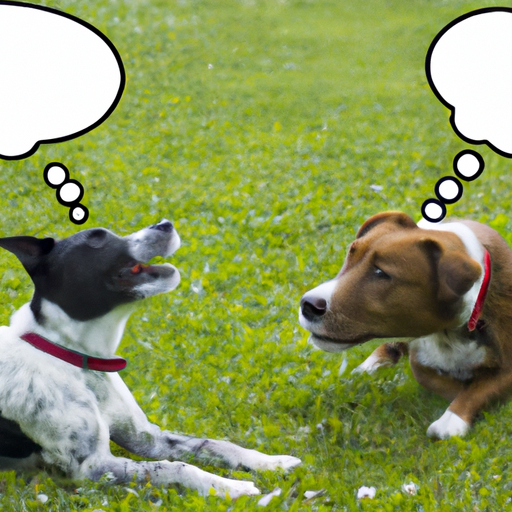As a caregiver, you’ve probably observed your dogs mouth each other on numerous occasions and wondered about the reason behind this behavior. Is it a form of play? A sign of aggression? Or is it simply a dog’s way of social interaction? This guide will shed light on these questions and more.
H2: Understanding Mouthing Behavior in Dogs
Mouthing is a common behavior among dogs, especially during play. It involves a dog gently biting or gnawing another dog’s body without causing harm. This behavior is not always a cause for concern, but understanding the context and cues can help you ensure it doesn’t escalate into something more serious.
The Role of Mouthing in Play
- Exploration: Dogs use their mouths to explore the world around them, just like humans use their hands. Mouthing allows dogs to gather information about their environment, including other dogs.
- Social Interaction: Dogs often mouth each other as a form of social interaction. This behavior can be traced back to their wolf ancestors who used mouthing as a way to reinforce social bonds.
- Playtime: Mouthing is a common behavior during play. When dogs mouth each other, it’s often a sign that they are comfortable with each other and are enjoying themselves.
The Difference Between Mouthing and Aggression
While mouthing is generally a harmless behavior, it’s important to distinguish it from aggression. Aggressive behavior often includes growling, showing teeth, stiff body posture and can result in injury. If your dog displays these behaviors while mouthing, it could be a sign of aggression.
H2: The Impact of Mouthing on Dog Behavior
It’s essential to understand the impact of mouthing on dog behavior. This understanding can help you manage your dogs’ interactions and ensure their wellbeing.
| Impact of Mouthing | Explanation |
|---|---|
| Socialization | Mouthing can help dogs socialize and establish relationships with each other. |
| Communication | Through mouthing, dogs can communicate their intentions, emotions, and reactions. |
| Stress Relief | Mouthing can also serve as a form of stress relief or self-soothing for dogs. |
H2: How to Manage Mouthing Behavior
While mouthing is a normal behavior, it’s important to know how to manage it to prevent any potential issues. Here are some strategies:
- Monitor Play Sessions: Always supervise your dogs during play sessions. If the play gets too rough, intervene and give your dogs a time-out.
- Teach Bite Inhibition: Train your dogs to control the force of their bites. This can prevent injuries and help your dogs play more safely.
- Provide Chew Toys: Chew toys can provide a safe outlet for your dogs’ mouthing behavior.
- Consult a Professional: If you’re unable to manage your dogs’ mouthing behavior, consider seeking help from a professional dog trainer or behaviorist.
H2: The Importance of Observing Dog Behavior
The behavior of your dogs can provide important insights into their health, emotions, and overall wellbeing. Observing their behavior can help you identify any potential issues and address them promptly.
H2: FAQs
Q: Is mouthing a sign of aggression in dogs?
A: Not necessarily. While mouthing can be a sign of play and social interaction, it’s important to watch for signs of aggression such as growling, showing teeth, and stiff body posture.
Q: How can I stop my dog from mouthing other dogs?
A: Monitor your dog’s play sessions and intervene if the play gets too rough. Training your dog to control the force of their bites and providing chew toys can also help manage mouthing behavior.
Q: Why does my dog mouth me but not other dogs?
A: Dogs can mouth humans as a form of play or to seek attention. If your dog is mouthing you excessively, you might want to consult a professional for advice.
Q: Is it normal for puppies to mouth each other?
A: Yes, mouthing is a normal part of puppy behavior. It’s a way for them to explore their environment and interact with other dogs.
Q: Should I allow my dogs to mouth each other?
A: As long as the mouthing is not aggressive and both dogs seem comfortable, it’s generally okay to let them mouth each other. However, always supervise their interactions to ensure the play remains safe.
In conclusion, mouthing is a normal part of dog behavior. It’s a way for dogs to play, interact, and communicate with each other. As a caregiver, understanding and managing this behavior can help you ensure your dogs’ wellbeing.



